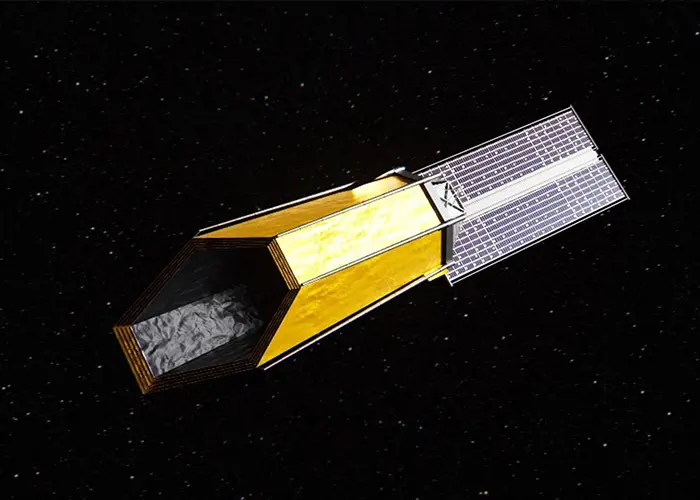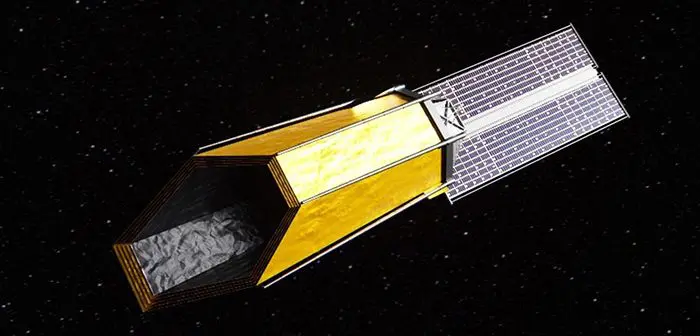
NASA has selected three industry proposals to help develop technologies for future large space telescopes and plan for the agency’s Habitable Worlds Observatory mission concept. This concept involves the first space telescope designed to search for life outside our solar system.
NASA announced the selections on May 31, 2024. The mission would directly image Earth-like planets around stars like our Sun and study their atmospheres for the chemical signatures of life. It would also enable other investigations about the solar system and universe.
The following proposals, which have a combined value of USD17.5 million, have secured a two-year, fixed-price contract with NASA, targeted to begin by September 2024.
- Ultra-stable Telescope Research and Analysis – Critical Technologies (ULTRA-CT) will focus on high-fidelity modeling and subsystem demonstrations to support future development of “ultra-stable” optical systems beyond current state-of-the-art technologies. The principal investigator is Laura Coyle of Ball Aerospace (now BAE Systems).
- Technology Maturation for Astrophysics Space Telescopes (TechMAST) seeks to advance the integrated modelling infrastructure required to navigate design interdependencies and compare potential mission design options. Alain Carrier from Lockheed Martin is the principal investigator.
- STABLE Systems Technologies for Architecture Baseline works on maturing technologies that support telescope features, such as a deployable baffle and a structure to support the optical train while mitigating the impact of system or environmental disturbances. The principal investigator is Tiffany Glassman from Northrop Grumman.
NASA is in the early planning stages for the Habitable Worlds Observatory mission concept, with community-wide working groups exploring its fundamental science goals and how best to pursue them. The agency is also establishing a Habitable Worlds Observatory Technology Maturation project office at NASA’s Goddard Space Flight Center in Greenbelt, Maryland.
“The Habitable Worlds Observatory will be a historically ambitious mission, so we are taking a deliberate, strategic approach to its development and laying the groundwork now,” said NASA’s Mark Clampin. “We will need to bring together diverse expertise from government, academia, and industry while building on technologies and lessons learned from our previous large space telescopes.”
NASA began industry involvement in 2017 for this mission under its System-Level Segmented Telescope Design solicitations, which concluded in December 2023. The newly selected proposals will help inform NASA’s approach to planning for the Habitable Worlds Observatory as the agency builds on technologies from its James Webb Space Telescope and future Nancy Grace Roman Space Telescope and identifies where future investments are needed.





